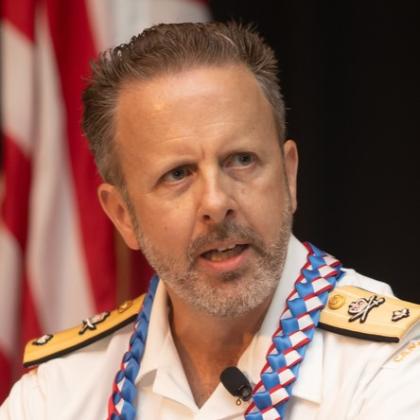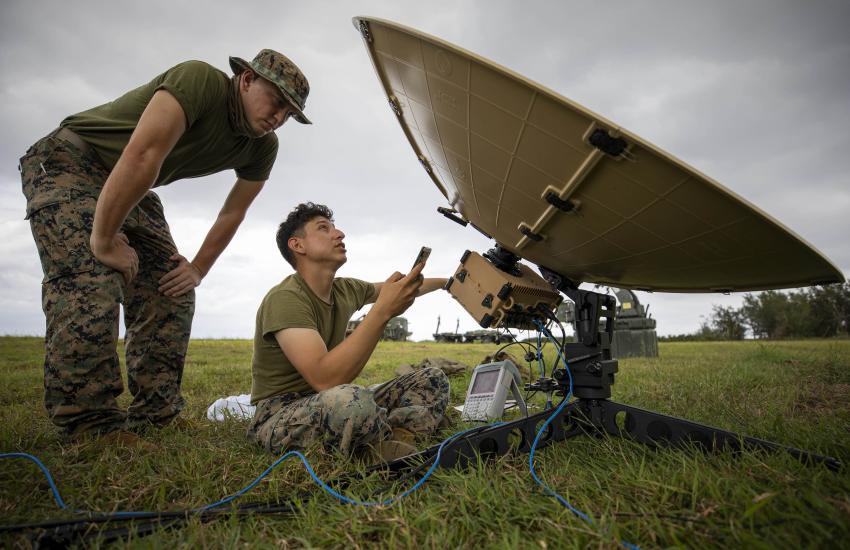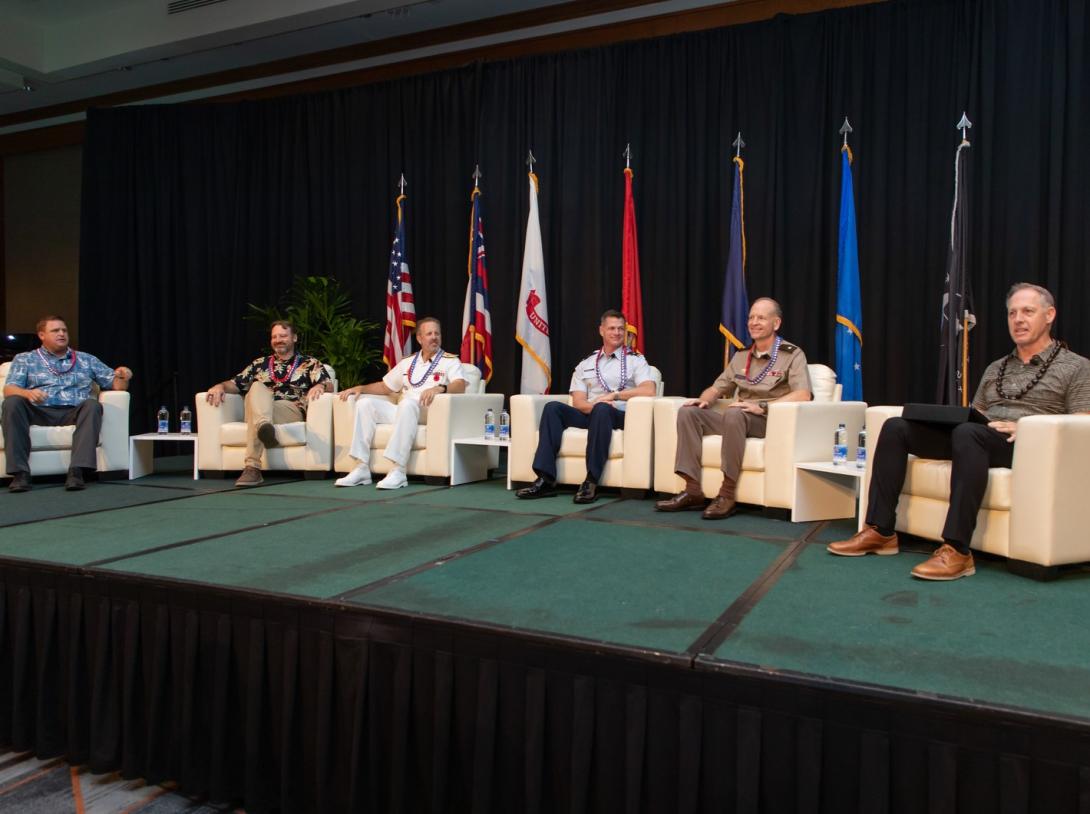Initial Joint Fires Network To Be Ready Next Month
U.S. Indo-Pacific Command officials intend next month to deliver an initial prototype of the Joint Fires Network (JFN), a high-priority system for the region, and to begin experiments with a second iteration prototype this summer during the Valiant Shield exercise.
The JFN effort is a move toward Joint All-Domain Command and Control, linking sensors to shooters across the military services. Ultimately, it is expected to include a decentralized architecture, automation of fire control functions and a common operating picture across the joint force for asset management.
Indo-Pacific officials have planned for some time to begin experimentation with a prototypical system next summer, and Peter Stokka, technical director for command, control, communications, computers, cyber, intelligence, surveillance and reconnaissance (C5ISR), U.S. Indo-Pacific Command, J81, indicated they are on track with that plan. “JFN Prototype—that's what the JFN program is building right now—Prototype 0.5 will be ready in December, and JFN Prototype 1.0 will have six nodes by Valiant Shield next summer, deployed throughout the AOR [area of operation].”
Stokka explained that the prototypes will be operational and will be left with the units that experiment with them. “We'll bring things up for an experiment, get some feedback, and then we bring it back, and we plug in some new tools depending on what that feedback is.”
Stokka made these comments while serving on a panel at AFCEA’s TechNet Indo-Pacific conference in Honolulu, Hawaii, November 7-9.
During the question-and-answer session, an audience member asked about the potential for a new military satellite system to help resolve any bandwidth issues for the JFN. Brig. Gen. Mark Miles, USA, director for command, control, communications and cyber directorate, J6, U.S. Indo-Pacific Command, responded that he does not expect satellite communications bandwidth to be a problem.
“Obviously, there's efforts, there's experimentation, there's innovation and advancement that’s happened strictly on the military side. But compared to some of the advancement and some of the capabilities that are not only available today but emerging in the next two, three years on the commercial industry side, the SATCOM bandwidth problem … [is] not going to be a limiting factor for our ability to communicate.”
Stokka added that those with technologies they believe could be integrated into JFN for an exercise should begin with his organization, the J81, but also may approach the military services because “the things they develop will be JFN enablers that will integrate with the JFN.” Additionally, having a funding sponsor “definitely helps,” he said

Absolutely, we want as much satellite bandwidth as we can get, but that can't be the only path.
Fellow panelist Cmdre. Matthew Bowen, CD, a Canadian officer assigned to be deputy director of operations for international operations and engagement, U.S. Indo-Pacific Command, pointed out that satellite communications will be only one pathway the JFN will use. “Absolutely, we want as much satellite bandwidth as we can get, but that can't be the only path. There has to be a landline, 5G; there has to be fiber, there has to be a variety of other methods by which that data can get from the sensors all the way up to those distributed forces, and that [common operational picture] be shared so we can actually deliver that at speed and scale.”
Benjamin Needles, the command’s chief technology officer for the J2 directorate, picked up on Cmdre. Bowen’s point, saying that the military sometimes takes for granted that “God’s eye is up there” and “going to provide information down to our warfighters, and then our warfighters are going to take that, and they're going to be able to leverage and execute it.”
Stokka suggested supplementing satellite communications with “proliferated ground stations” that could be co-located with intelligence centers. “So that data, now instead of going up from a limited bandwidth uplink, now you've got that full pipe to go down to the tactical edge, so I think that's a huge part where industry could help.”
Cmdre. Bowen also pointed out that other nations, partners and allies, provide an array of sensors that also could contribute to the JFN.





Comments